Knowing the core KPIs for sales marketing alignment will empower your team to identify a baseline for your sales enablement journey and measure strategic adjustments.
When there is synergy between sales and marketing departments, the results push the needle on specific, measurable indicators that reflect lead quality and revenue.
In this article, you will learn:
-
- The key KPIs that measure sales-marketing alignment
-
- How to use these KPIs to improve collaboration
-
- Real-world examples of successful alignment
Sales & Marketing out of Sync? So Good Digital has the strategy and experience to help you navigate alignment. Schedule a discovery call.
Sales Marketing Alignment & Sales Enablement
Sales-marketing alignment is an element that can help ensure marketing dollars are being used efficiently, but it is often a missed opportunity. Why? Because it requires collaboration between two teams who typically have different performance targets and workflows.
Sales-marketing alignment is a vital part of the sales enablement framework and is often low-hanging fruit that only requires a little bit of intentional collaborative effort, with insights coming from both sides. This alignment opens up channels of trust that creates a feedback loop where sales teams have opportunities to share their experiences and marketing can respond with tailored strategies. This open dialogue helps identify specific enablement needs and challenges and promotes a culture of continuous improvement.
Let’s dive into the essential KPIs for measuring sales and marketing alignment.
Lead Conversion Rates
Lead conversion rates measure the percentage of leads that convert into customers, reflecting the effectiveness of sales and marketing alignment. High lead conversion rates suggest that both teams are successfully targeting the right audience and effectively communicating the value of the product or service.
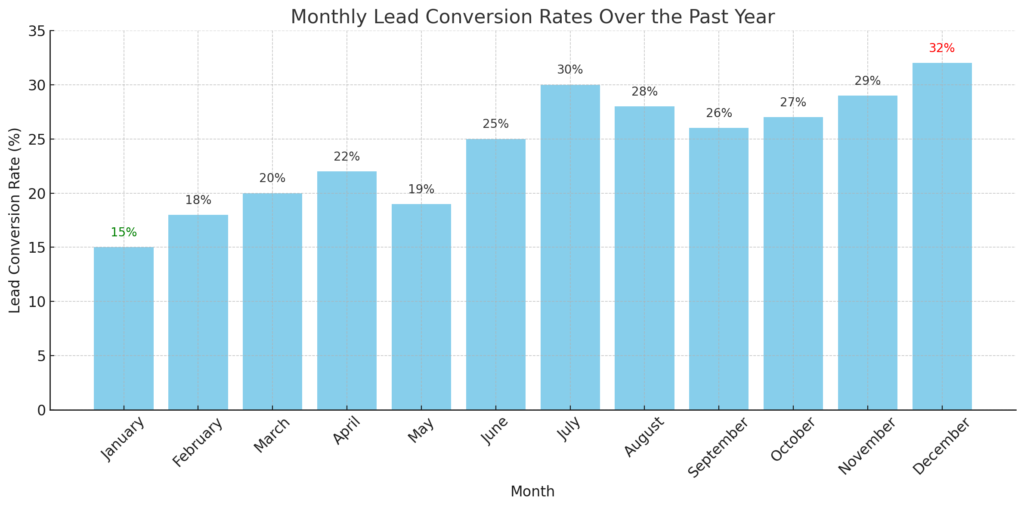
How to Measure Lead Conversion Rates:
-
- Track Leads: Use your CRM to track the number of leads entering your sales funnel.
-
- Monitor Conversions: Record the number of leads that convert into paying customers.
-
- Calculate the Rate: Divide the number of conversions by the total number of leads and multiply by 100 to get the percentage.
Example: If you had 200 leads in a month and 40 of them became customers, your lead conversion rate would be 20%.
Strategies to Improve Lead Conversion Rates:
-
- Refine Targeting: Ensure marketing efforts are reaching the right audience by analyzing lead sources and demographics.
-
- Improve Lead Nurturing: Implement automated email campaigns and personalized content to keep leads engaged.
-
- Enhance Sales Techniques: Provide sales teams with training on effective communication and closing techniques.
Marketing Qualified Leads (MQLs)
Marketing Qualified Leads (MQLs) are leads that have been deemed more likely to become customers based on specific criteria and behaviors. MQLs play a critical role in ensuring that marketing efforts are aligned with sales goals, providing a steady stream of high-quality leads for the sales team to pursue.
How to Identify MQLs:
-
- Define Criteria: Establish clear criteria for what constitutes an MQL, such as demographic information, engagement levels, and behavioral indicators.
-
- Track Engagement: Monitor lead activities such as website visits, content downloads, email opens, and webinar attendance.
-
- Score Leads: Use lead scoring models within your CRM to assign points to leads based on their actions and characteristics.
Example: A lead who has downloaded a whitepaper, attended a webinar, and visited your product pages multiple times might be scored higher and marked as an MQL.
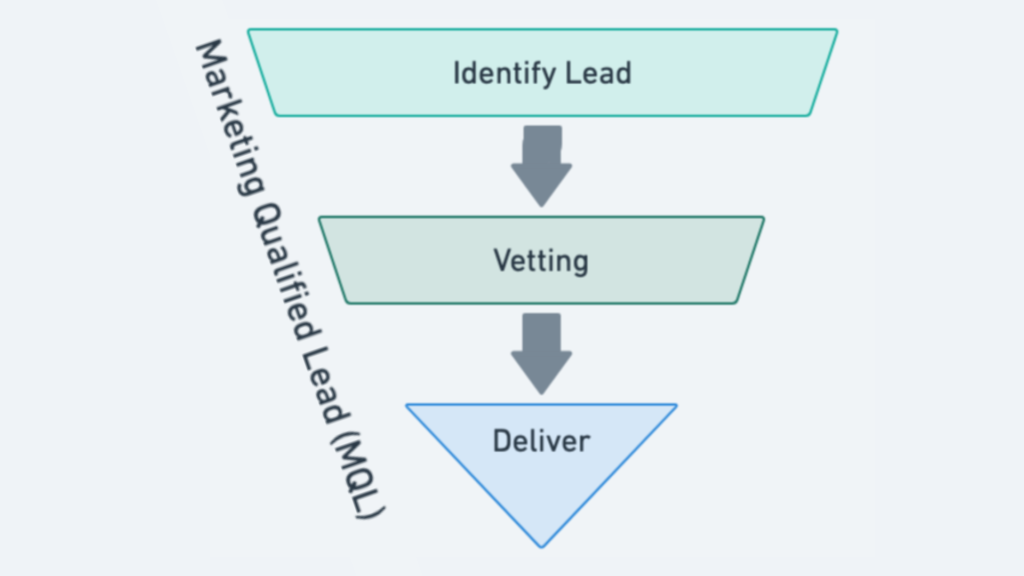
Strategies to Improve MQL Quality:
-
- Refine Scoring Models: Regularly review and adjust your lead scoring models to ensure they accurately reflect the behaviors and traits of your best customers.
-
- Align Sales and Marketing Criteria: Ensure both teams agree on the criteria for MQLs to maintain consistency and relevance.
-
- Provide Relevant Content: Develop content that addresses the pain points and needs of your ideal customers, encouraging higher engagement and better-quality leads.
Sales Accepted Leads (SALs)
Sales Accepted Leads (SALs) are leads that have been reviewed and accepted by the sales team as worthy of direct follow-up. A high SAL rate indicates that the sales and marketing teams are aligned on what constitutes a qualified lead and that marketing is effectively generating leads that meet these criteria.
How to Track SALs:
-
- Review Lead Quality: Ensure leads meet the agreed-upon criteria for qualification.
-
- Sales Feedback: Regularly gather feedback from the sales team on the quality of leads.
-
- Track Acceptance Rates: Monitor the number of leads accepted by the sales team compared to the total leads passed from marketing.
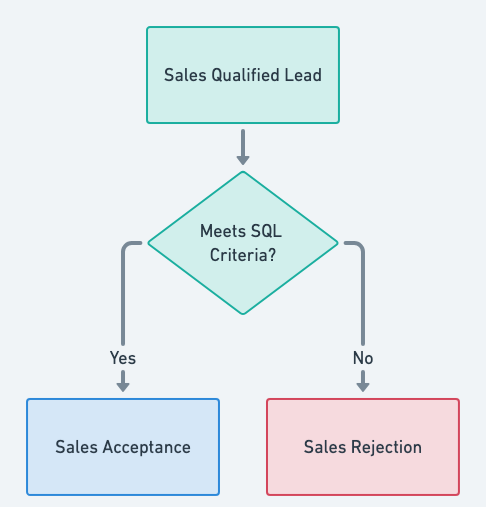
Example: If the sales team receives 100 leads from marketing and accepts 70 of them as qualified, the SAL rate would be 70%.
Strategies to Improve SAL Rates:
-
- Align Criteria: Continually refine the criteria for what constitutes a qualified lead to ensure both teams are on the same page.
-
- Improve Lead Handoffs: Establish a seamless process for passing leads from marketing to sales, including detailed lead information and context.
-
- Regular Communication: Hold regular meetings between sales and marketing to review lead quality, discuss feedback, and make necessary adjustments.
Additional KPIs for Sales-Marketing Alignment
Beyond the primary KPIs of Lead Conversion Rates, MQLs, and SALs, several other key performance indicators can provide deeper insights into the effectiveness of sales and marketing alignment. These additional KPIs help to paint a fuller picture of how well these teams are working together to drive business success.
Customer Acquisition Cost (CAC)
Customer Acquisition Cost measures the total cost of acquiring a new customer, including all marketing and sales expenses. Lowering CAC while maintaining or increasing lead quality is a sign of effective sales-marketing alignment.
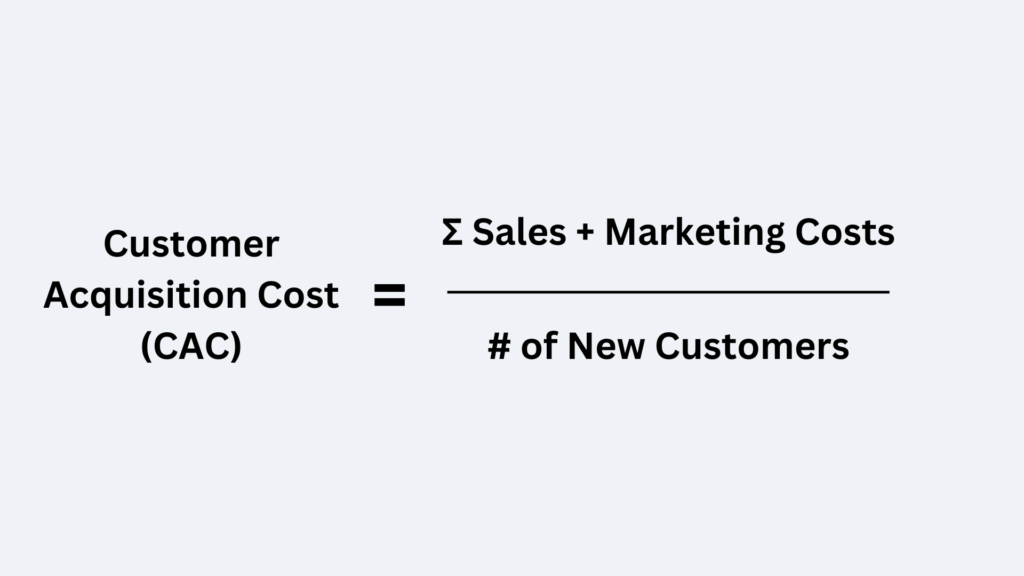
How to Calculate CAC:
-
- Total Costs: Sum up all marketing and sales expenses over a given period.
-
- Total Customers Acquired: Count the number of new customers acquired during the same period.
-
- Calculate: Divide the total costs by the number of new customers.
Example:
If your total quarterly marketing and sales expenses were $50,000 and you acquired 100 new customers, your CAC would be $500.
Strategies to Lower CAC:
-
- Optimize Campaigns: Focus on high-performing marketing channels and campaigns.
-
- Increase Efficiency: Improve the efficiency of your sales process to close deals faster.
-
- Refine Targeting: Ensure marketing efforts are precisely targeted to attract high-quality leads.
Customer Lifetime Value (CLV)
Customer Lifetime Value estimates the total revenue a business can expect from a single customer over their entire relationship. Aligning sales and marketing efforts to increase CLV can lead to more sustainable growth.
How to Calculate CLV:
-
- Average Purchase Value: Calculate the average value of a purchase.
-
- Purchase Frequency: Determine how often a customer makes a purchase.
-
- Customer Lifespan: Estimate the average length of a customer relationship.
-
- Calculate: Multiply the average purchase value, purchase frequency, and customer lifespan.
Example:
If the average purchase value is $100, customers purchase twice a year, and the average customer relationship lasts 5 years, the CLV would be $1000.
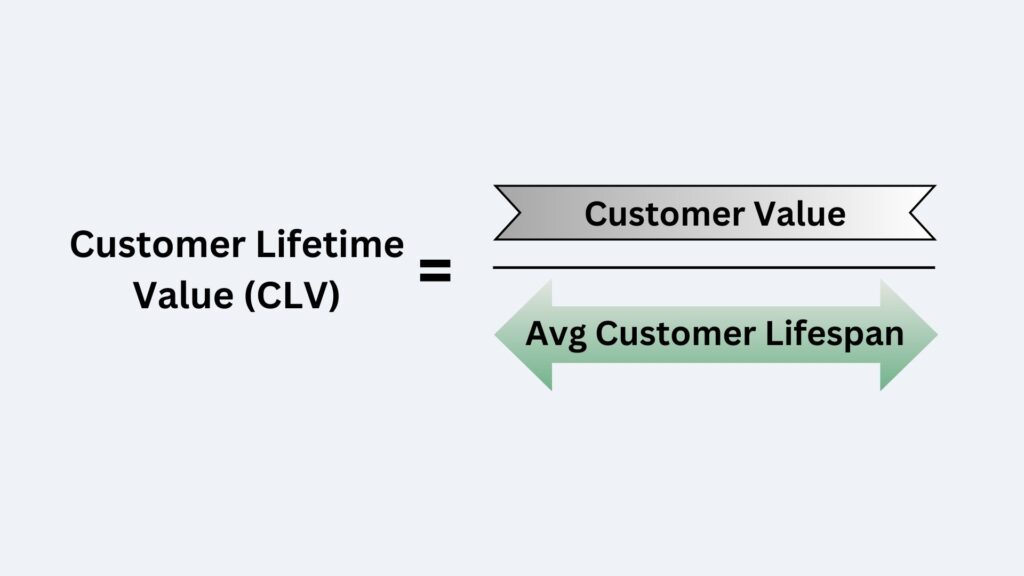
Strategies to Increase CLV:
-
- Enhance Customer Experience: Focus on delivering exceptional customer service and support.
-
- Upsell and Cross-sell: Introduce upselling and cross-selling opportunities to increase purchase value.
-
- Build Loyalty Programs: Implement loyalty programs to encourage repeat business and longer relationships.
Sales Cycle Length
The sales cycle length measures the average time it takes to convert a lead into a customer. A shorter sales cycle indicates effective collaboration between sales and marketing in nurturing and closing leads.
How to Measure Sales Cycle Length:
-
- Track Leads: Record the date when a lead first enters the sales funnel.
-
- Track Conversions: Record the date when the lead converts to a customer.
-
- Calculate Average: Subtract the lead entry date from the conversion date and calculate the average length for all leads.
Example:
If it takes an average of 30 days to convert a lead into a customer, that’s your sales cycle length.
Strategies to Shorten Sales Cycle:
-
- Improve Lead Nurturing: Use targeted content and personalized follow-ups to move leads through the funnel faster.
-
- Streamline Sales Processes: Optimize the sales process to reduce delays and improve efficiency.
-
- Enhance Communication: Foster better communication and collaboration between sales and marketing to address lead concerns promptly.
Get Intention with Sales-Marketing Alignment
Sales and marketing alignment is crucial for driving business success. By measuring and optimizing KPIs such as Lead Conversion Rates, Marketing Qualified Leads (MQLs), Sales Accepted Leads (SALs), Customer Acquisition Cost (CAC), Customer Lifetime Value (CLV), and Sales Cycle Length, your teams can work together more effectively to achieve common goals.
At So Good Digital, we recognize the importance of having marketing and sales on the same page. It’s not just a strategy; it’s a necessity for all our clients. Ready to enhance your sales and marketing alignment? Contact So Good Digital today to schedule a discovery call and unlock your revenue potential.


